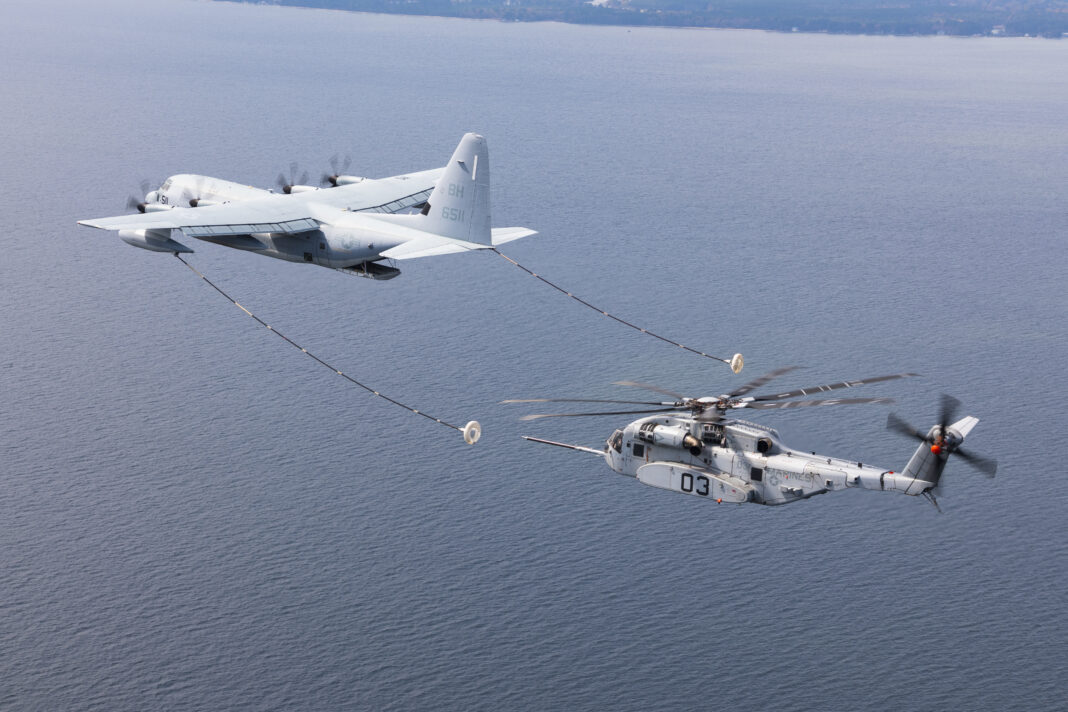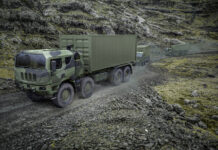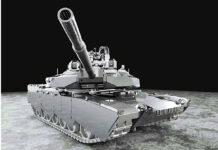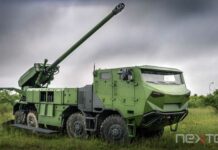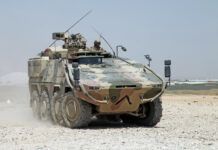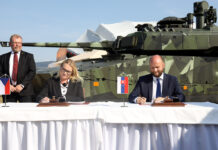The US Marine Corps has announced that the CH-53K heavy transport helicopter has achieved Initial Operational Capability (IOC). This means that the aircraft meets the minimum requirements for deployment in tactical missions. IOC declaration comes at the end of an operational test and evaluation phase during which the helicopter completed more than 3,000 accident-free flight hours in various environments and terrains.
The CH-53K is an optimised long-range, vertical, sea-based, heavy-lift solution for naval forces and will immediately provide nearly three times the transport capacity of the CH-53E, capable of transporting one hundred per cent of the vertical Marine Air-Ground Task Force (MAGTF), the US Marine Corps (USMC) writes on the Defense Visual Information Distribution Service (DVIDS) information platform. The helicopter is intended to enable close-to-shore manoeuvres and to provide logistic support to a widely dispersed naval force, according to the news item.
The CH-53K KING STALLION features an engine that provides 57 per cent more power with 63 per cent fewer parts compared to its predecessor, which the USMC says translates into an expanded ability to carry internal and external cargo and provides the commander with an unprecedented MAGTF mobility and support capability.
Reportedly, the most notable feature of the KING STALLION is its ability to maintain a wider performance margin in a degraded aeronautical environment, such as higher altitudes, hotter climates and carrying up to 12 tonnes at a distance of about 200 km, while the CH-53E would be limited to an external load of 4.2 tonnes in the same environment.
The Marine Corps plans to deploy the first CH-53K Marine Expeditionary Unit in fiscal year 2024, setting the initial stage for sustained CH-53K deployments in support of MEUs.
GWH


